Anybody that has used Windows knows how difficult it can be to find certain files. I’ve had an HP laptop for about seven years now. I don’t use it for everything, but I do take it with me to do work when I’m traveling. There are seven years…

Anybody that has used Windows knows how difficult it can be to find certain files. I’ve had an HP laptop for about seven years now. I don’t use it for everything, but I do take it with me to do work when I’m traveling. There are seven years…

By Philip van Doorn and Emily Bary
The iPhone maker leads the way for the sector in terms of dollars spent on stock buybacks. But other tech companies have reduced their share counts significantly, as well.
Under the leadership of Tim Cook, Apple has spent more than $708 billion buying back its own stock, which has reduced the company’s share count by 34.6% and provided a considerable boost to earnings per share.
Just 20 companies in the S&P 500 accounted for more than half of all the dollars spent on stock buybacks in the second quarter, according to research from DataTrek co-founder Nicholas Colas. But that doesn’t mean big companies are all getting the same bang for their buck, or that they are delivering for their investors.
Companies often brag about “returning capital” to their shareholders when they repurchase stock. But this isn’t really the case. If a company buys back shares on the open market, it is spending its owners’ money to purchase stock from people who no longer wish to be shareholders.
But buybacks can benefit long-term stockholders if the share count is reduced. A company’s diluted common-share count is the number used to calculate its earnings per share.
The share count will increase when newly created stock is shoveled to executives as part of their compensation or if shares are issued to help pay for acquisitions. The share count will decline if the company spends cash to repurchase stock.
So what really matters to investors is net buybacks – those that lower the share count and increase earnings per share. And there is a compounding effect. Here is an example of how the math works:
— A company’s profit is $1,000.
— There are 100 shares.
— That makes for $10 in earnings per share.
What if the share count had been reduced by 10%?
— The company’s profit would still be $1,000.
— There would be 90 shares.
— EPS would be $11.11.
— EPS would have increased 11%.
Using similar math, the 34.6% reduction in Apple Inc.’s (AAPL) share count over the past 10 years has led to a 53% increase in earnings per share, all other things being equal.
Screening technology stocks for net buybacks
These 15 tech companies have reduced their diluted common-share counts by at least 20% over the past 40 reported fiscal quarters.
Company Ticker 10-year change in share count 5-year change in share count Year-over-year change in share count Total spent on buybacks over the past 10 years ($mil)
HP Inc. HPQ -47.9% -30.1% -2.7% $24,197
Jabil Inc. JBL -44.5% -34.0% -6.4% $6,874
Apple Inc. AAPL -34.6% -13.9% -2.5% $708,713
Applied Materials Inc. AMAT -32.9% -13.3% -4.0% $30,426
NetApp Inc. NTAP -31.8% -9.8% -3.8% $8,437
Qualcomm Inc. QCOM -31.5% -5.9% -4.6% $50,033
VeriSign Inc. VRSN -28.9% -18.5% -3.8% $8,105
Lam Research Corp. LRCX -27.2% -13.8% -2.7% $23,736
TE Connectivity PLC TEL -26.9% -10.0% -3.3% $12,491
Fair Isaac Corp. FICO -25.7% -19.0% -3.1% $5,528
Teradyne Inc. TER -24.9% -13.7% -3.1% $4,010
Skyworks Solutions Inc. SWKS -23.2% -11.3% -7.5% $5,440
CDW Corp. CDW -22.9% -9.0% -2.3% $5,448
Cisco Systems Inc. CSCO -21.9% -5.9% -0.5% $72,299
Cognizant Technology Solutions Corp. CTSH -20.5% -10.3% -1.8% $11,233
Source: LSEG
For this tech-stock screen, we began with the information-technology sector of the S&P 500 SPX. Then we added the 12 stocks in the Nasdaq-100 Technology Index XX:NDXT that aren’t in the S&P 500 IT sector, including Meta Platforms Inc. (META) and Alphabet Inc. (GOOGL), for an initial list of 82 stocks.
Then we screened the list as follows:
— IPO date had to be at least 10 years ago. This brought the list down to 70 companies.
— Quarterly average diluted share counts used to calculate EPS had to have been reduced for the most recent one-year, five-year and 10-year periods. This cut the list to 32 companies.
More from MarketWatch: Is the ‘Magnificent Seven’ over? Focus on these three stocks in particular.
Exploring Apple
No company has spent as much as Apple to buy back stock. The company’s diluted share count has declined by 34.6% over the past 10 years, as the company has spent $708.7 billion on buybacks.
During its most recent reported fiscal quarter, which ended Sept. 27, Apple spent $20.1 billion on stock buybacks. For the iPhone maker’s past four reported fiscal quarters, it has spent $90.7 billion to repurchase shares.
That $90.7 billion number is notable because it comes as peers have allocated similar amounts toward capital expenditures for their artificial-intelligence buildouts, all while Apple has been measured in its AI spending.
Apple’s divergent path has become somewhat controversial on Wall Street, with some investors worried the company has fallen behind on AI because of underinvestment.
“I’m old enough to remember a year and a half ago when I was reading all these glowing stories about Apple buying back all these shares and what it was doing for its share count over time,” Seaport Research analyst Jay Goldberg told MarketWatch. “I don’t think people thought there was much to invest in.”
But now times are different, and, until recently, rivals got rewarded almost uniformly for boosting their spending forecasts in a race to compete.
“Should Apple be doing more in AI?” Goldberg asked. “Yes. Should they be cutting back their share buyback to fund that? I’m OK with them not doing that until they actually know what they want to do with AI.”
Don’t miss: These two ‘Magnificent Seven’ stocks could be the strongest survivors of an AI apocalypse
But Alexander Laskin, a Quinnipiac University professor who focuses on public and investor relations, took a more negative view of Apple’s buyback strategy. “Steve Jobs was famously opposed to paying dividends or buying back stock, arguing that the money was better spent on making the next big thing,” he told MarketWatch.
He thinks a heavy focus on buybacks signals that a company “simply doesn’t have great, high-return ideas for how to spend that money.” Over the long run, that “likely caps the firm’s potential for truly massive growth.”
Apple finds itself in a difficult spot from a messaging perspective, he noted. The company faces “an important communication challenge because its AI progress trails its competitors and not investing in AI now may in fact jeopardize the long-term future of Apple.”
That said, investors have softened their views in recent weeks. While Apple’s stock lagged many of its “Magnificent Seven” peers for much of the year, it has outperformed all but Alphabet Inc.’s stock over the past month, reflecting increased scrutiny of capital expenditures elsewhere in the technology world.
It remains to be seen whether Wall Street will opt to reward discipline or flip back to AI-at-all-costs sentiment.
See more: Why Apple’s stock is beating the market even as the tech sector sells off
-Philip van Doorn -Emily Bary
This content was created by MarketWatch, which is operated by Dow Jones & Co. MarketWatch is published independently from Dow Jones Newswires and The Wall Street Journal.
(END) Dow Jones Newswires
11-29-25 0956ET
Copyright (c) 2025 Dow Jones & Company, Inc.
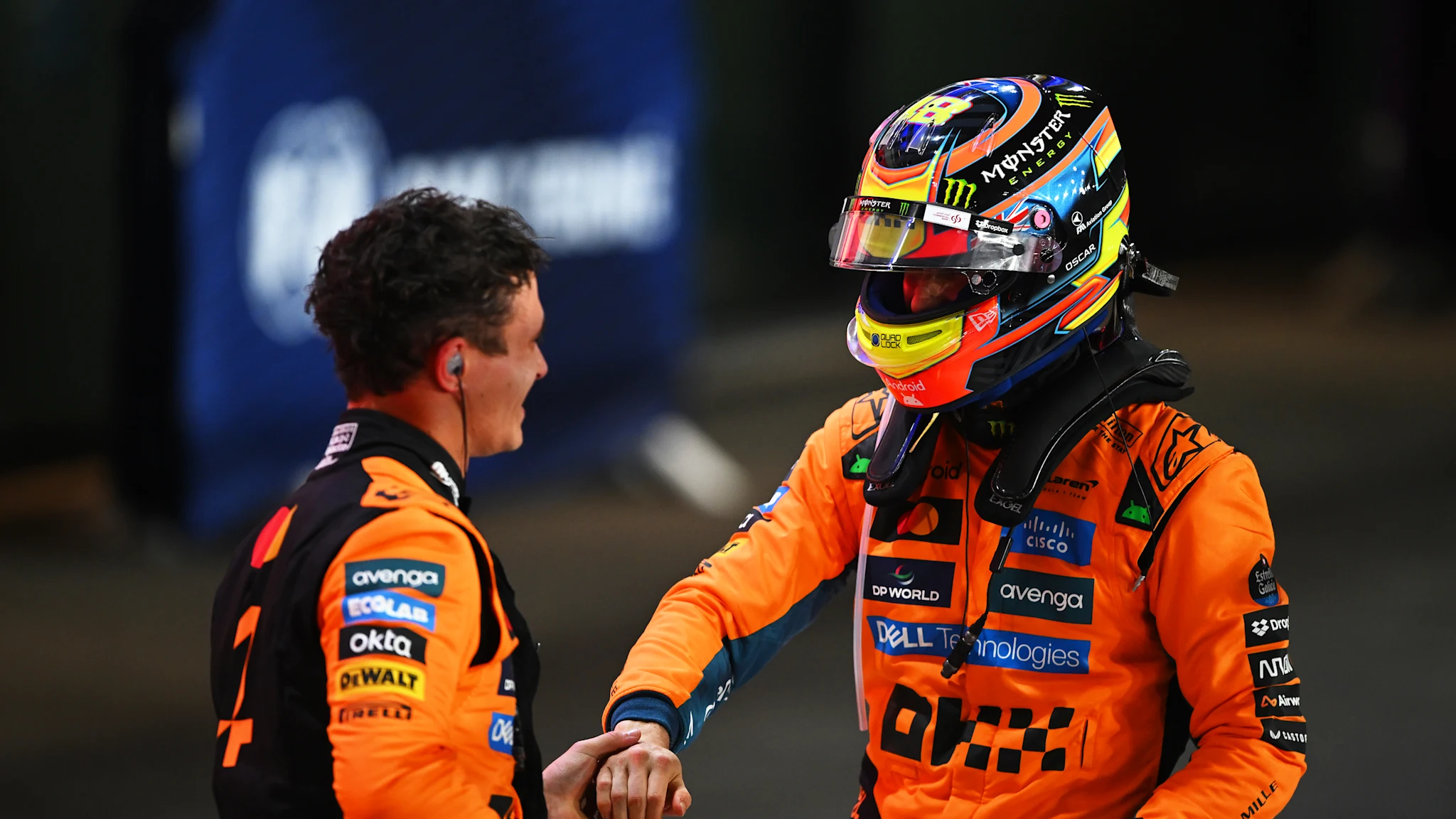
Oscar Piastri stormed to a commanding victory in the Qatar Sprint, comprehensively beating George Russell and the second McLaren of Lando Norris in the 19-lap event.
Piastri led the field away confidently from pole position and came under little…
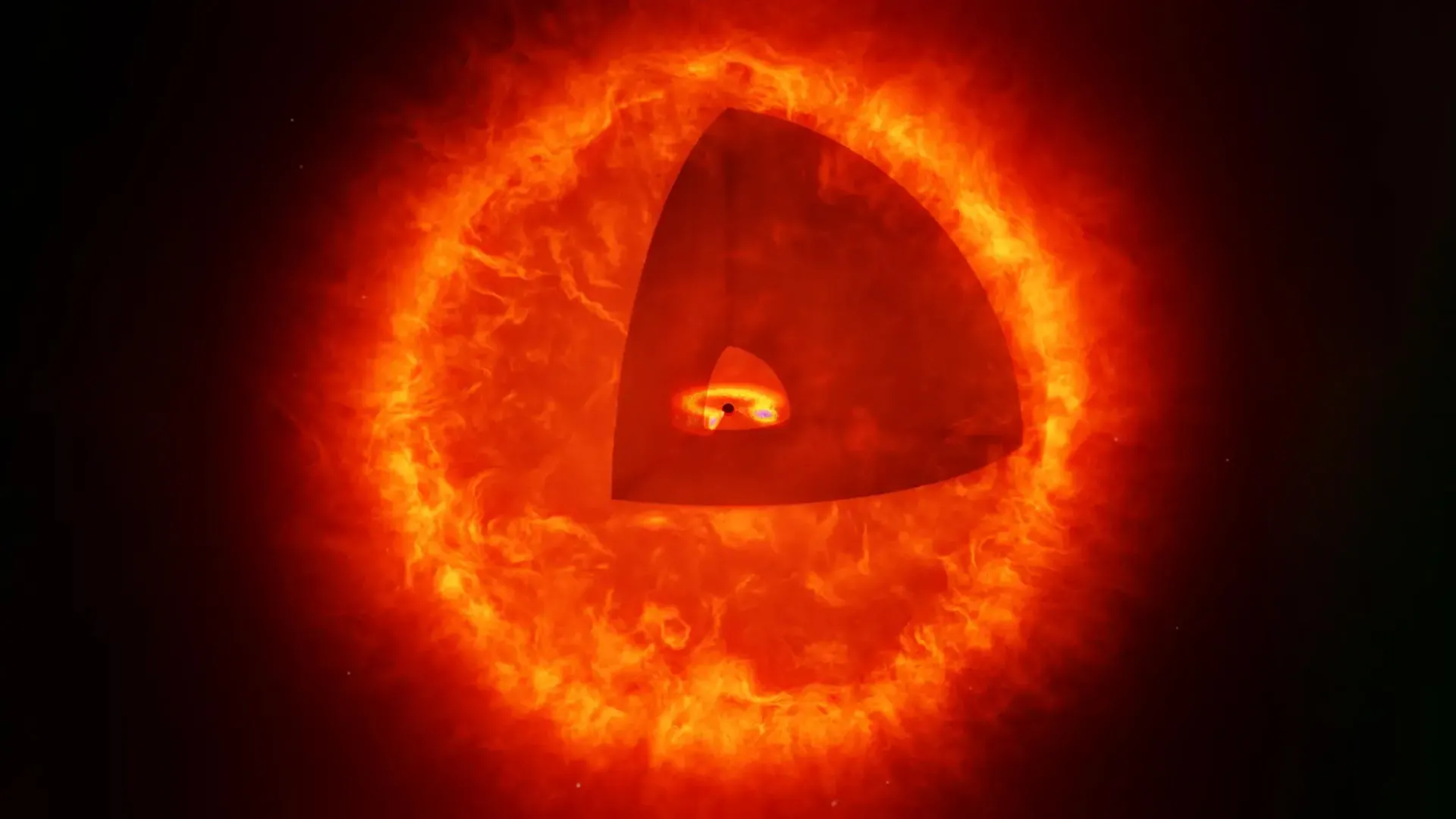
In the summer of 2022, only a few weeks after the James Webb Space Telescope (JWST) began delivering its first scientific images, astronomers noticed an unexpected pattern: tiny red points scattered throughout the new observations. These…
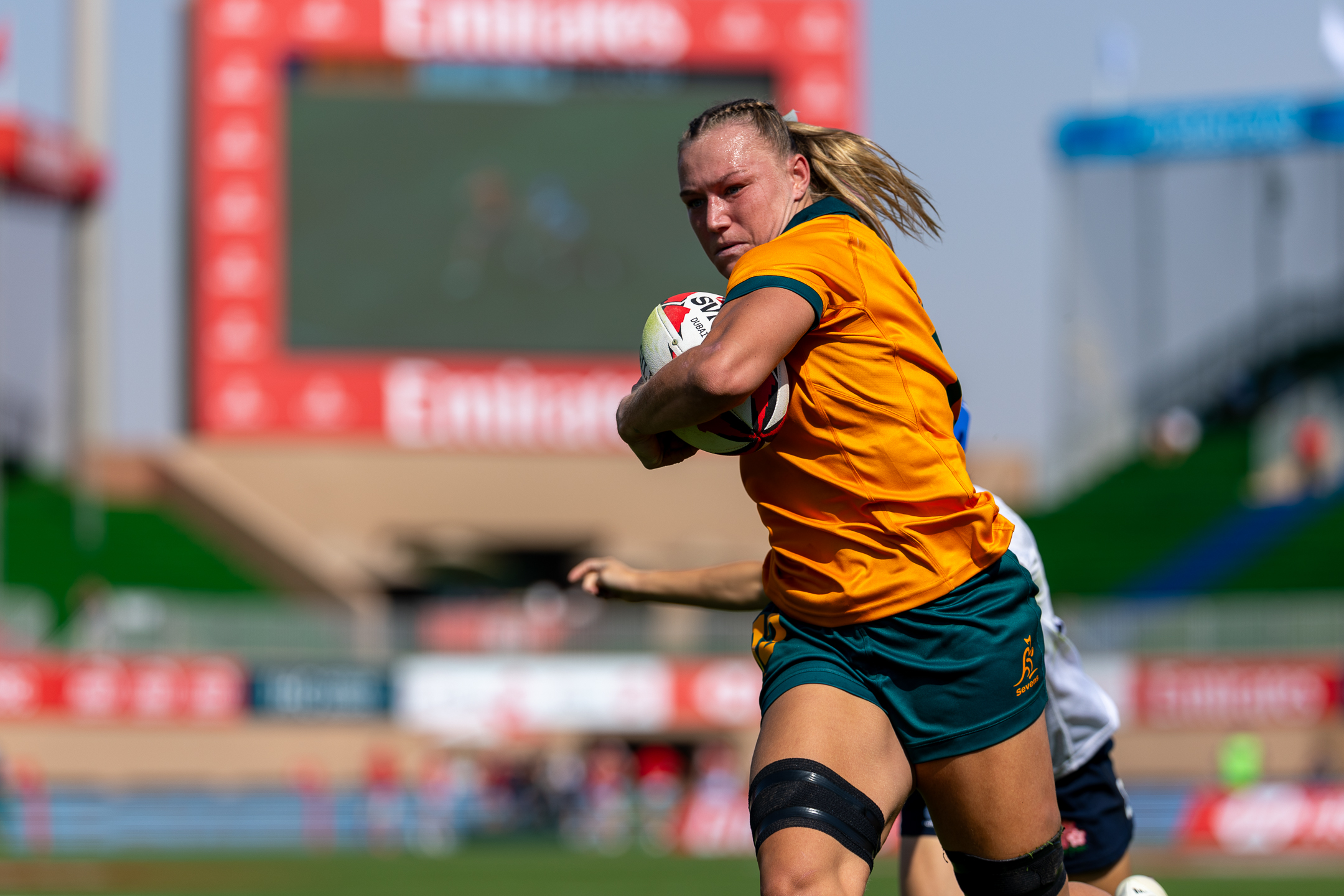
A seventh straight Dubai title is very much on the cards for Australia, as they won all three of the Pool B games to set-up a second-day semi-final against Fiji.
Try-machine Maddison Levi ran in five tries in those three…

Scientists may have just taken a major step toward reversing Alzheimer’s disease, at least in mice. A new study led by researchers at the Institute for Bioengineering of Catalonia (IBEC) and West China Hospital Sichuan University describes a…
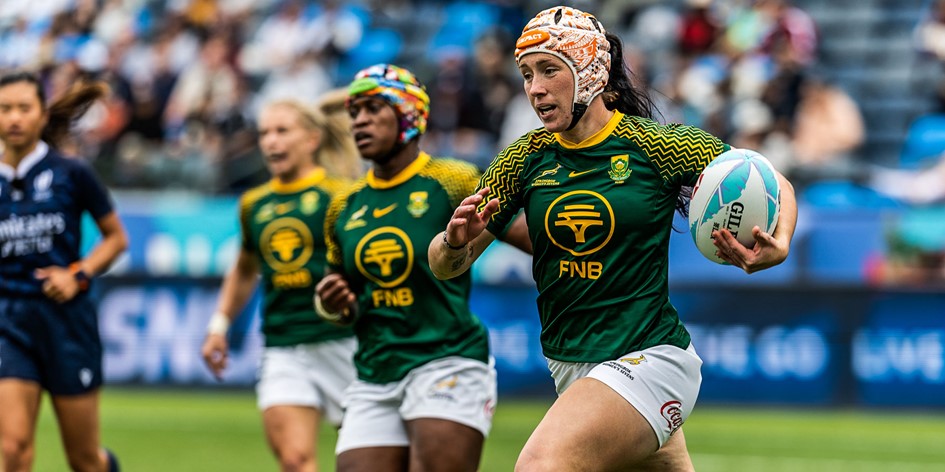
The South Africans outplayed Poland 19-12 and then drew with Ireland Invitational 17-17 to stay undefeated after two wins on day one.
They will meet Brazil at 13h00 (SA time) on Sunday in one of the semi-finals,…
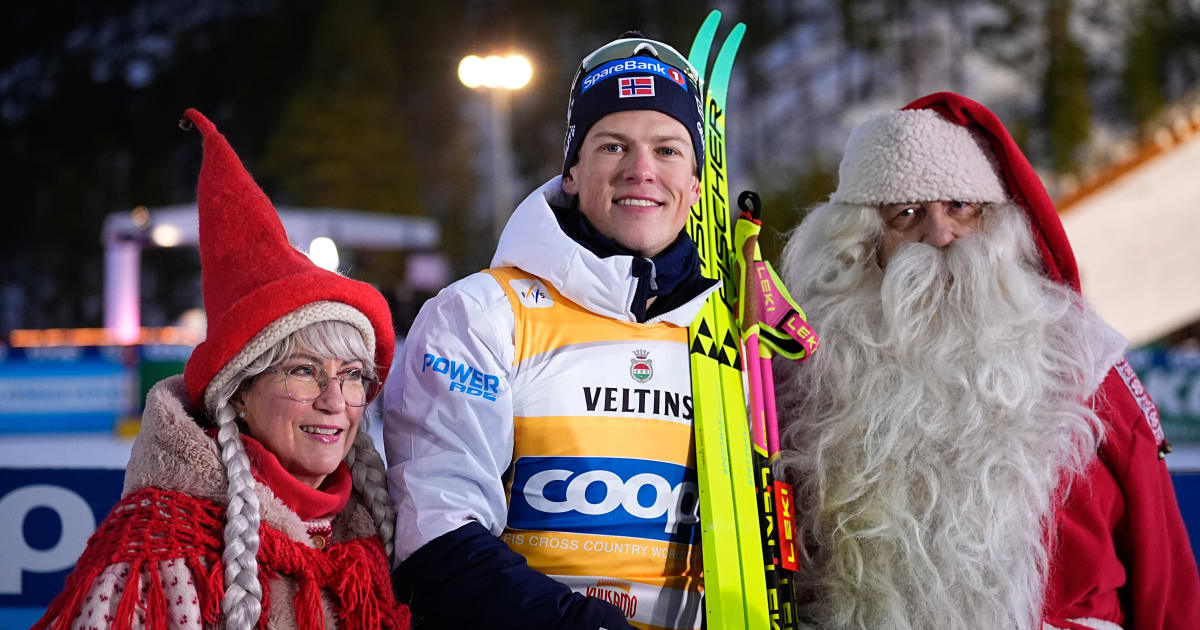
Norway’s Johannes Høsflot Klæbo claimed an impressive solo World Cup victory in the men’s classic sprint in Ruka, Finland, at the start of the 2025-26 FIS Cross-country World Cup season on Saturday (29 November.)
The Olympic and World…